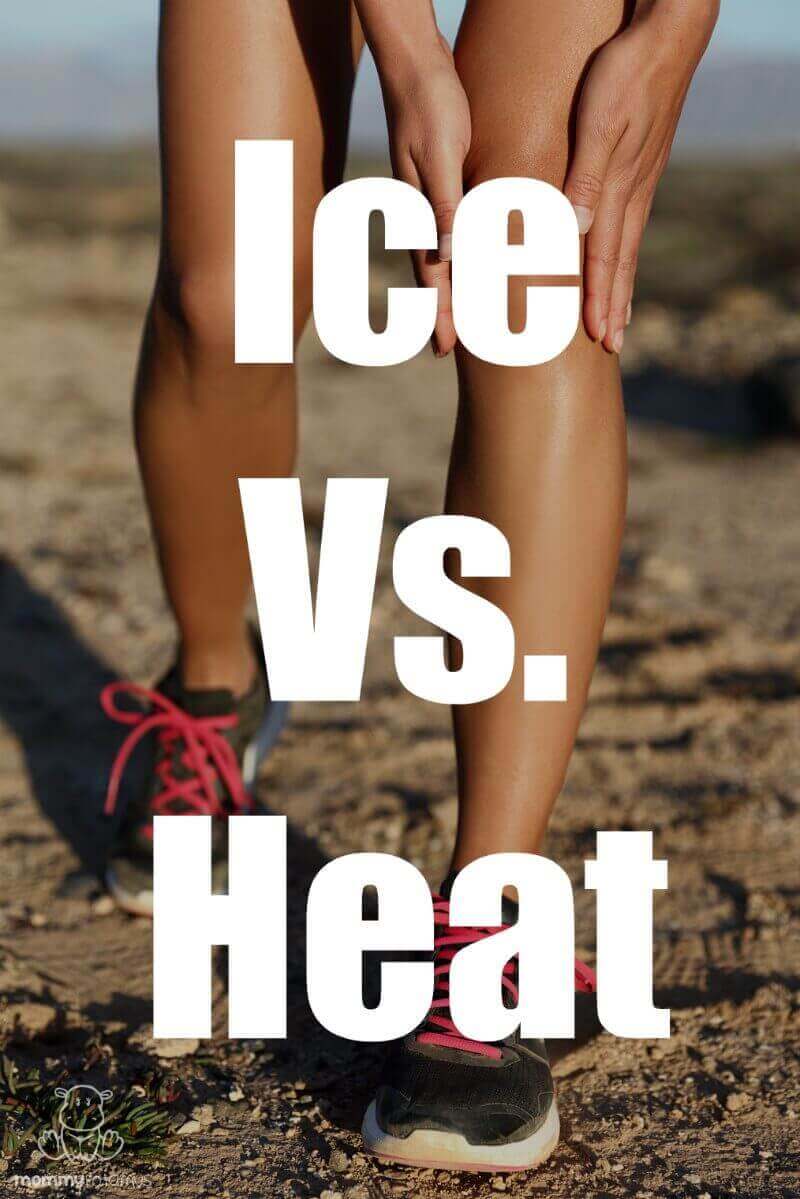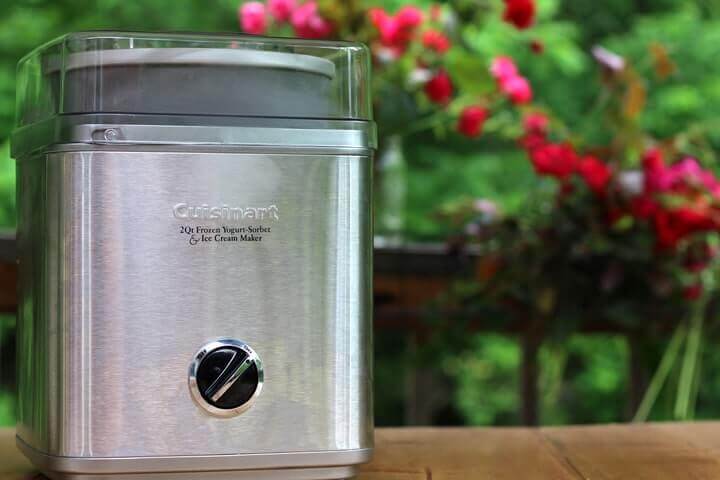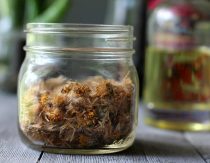
“You should put some ice on that.” <– We’ve all heard it, right? Inflammation has become sort of a bad word in the health world, which is no surprise if you think about how many conditions are related to chronic inflammation – digestive issues, dementia, skin issues, lung issues, heart issues, and depression for example. (1) (2) (3) (4) (5)
So we’re told to eat foods that “fight inflammation” and ice injuries to keep inflammation down. But what if inflammation is sometimes our friend? When I injured my rotator cuff while paddle boarding a few years ago, I received a lot of advice on how to support my recovery. Not all of it made sense to me, so I decided to dig into the research. I also asked my co-author for this article, Dr. Lori Rose, for her thoughts, which we’ll be including below.
As always, this article is not medical advice, and it is not meant to diagnose or treat any condition. Now that we’ve got that out of the way, let’s dive in.
How inflammation supports injury healing
When acute injuries occur (assuming no infection), the swelling and pain we experience actually supports the healing process. Localized inflammation makes blood vessels more “leaky,” which allows white blood cells to easily travel into the damaged area and support healing. (6)
When we take anti-inflammatories and use ice, we mahy slow down the healing process by reducing the access our white blood cells have to the area. Furthermore, by icing we reduce blood flow, which is what the body uses to bring nutrients needed to create new tissue as well as carry away the waste from the damaged area.
When blood flow is reduced, the “trash” that the white blood cells are trying to remove from the area can get stuck there, potentially increasing scar tissue formation and impairing the healing process. (7)
If you’re thinking, “Hey, this sounds a lot like what pediatricians are saying about fevers now – that they’re a natural defense mechanism and reducing them may prolongs illness.” Yep, it is!
While it’s always a good idea to get checked out if an injury is serious or an infection is present, natural responses such as fever and swelling generally serve a purpose. The main benefit of reducing inflammation and blood flow is that it reduces pain. And while that’s important, there are other options for soothing discomfort that don’t suppress inflammation and blood flow. We’ll dive into those later in this article.

MEAT Vs. RICE
We’re not talking about the paleo diet here. If you search for info on how to handle an acute injury, you will quickly see the acronym RICE: rest, ice, compress, elevate. However, the recommendation is based on alleviating pain and swelling, not supporting the healing process.
RICE is very effective at these goals, but in focusing on pain and swelling reduction it’s possible to actually slow the natural repair response. In fact, the creator of the RICE approach has taking back his advice based upon years and years of evidence showing that RICE is not only ineffective but actually damaging in some cases. He writes that:
When I wrote my best-selling Sportsmedicine Book in 1978, I coined the term RICE (Rest, Ice, Compression, Elevation) for the treatment of athletic injuries (Little Brown and Co., page 94). Ice has been a standard treatment for injuries and sore muscles because it helps to relieve pain caused by injured tissue. Coaches have used my “RICE” guideline for decades, but now it appears that both Ice and complete Rest may delay healing, instead of helping.
Slowly but surely modern methods of addressing acute injuries are “catching up” to the methods used by our ancestors, using another acronym: MEAT.
What is MEAT?
MEAT stands for movement, exercise, analgesics (not anti-inflammatories), and treatments (as in other treatments like physical therapy and/or massage). Combining this with hot, blood moving herbs (like cayenne salve or a ginger compress) that increase circulation to the area can support the flow of blood, which as mentioned earlier brings healing nutrients to the area and takes away the damaged “trash.”
Practitioners “in the know” sometimes use ice, but they tend to use it very differently: they alternate between cold and hot to bring blood to the area, then send it away repeatedly to support the carrying of nutrients to the site and the carrying of waste away.
After seeking help from a local massage therapist and my chiropractor, I finally saw a physical therapist about my shoulder and this is what he recommended. Because arnica is so helpful for bumps, bruises and sore muscles, also made up a batch of arnica cream to help ease my discomfort.
This article was medically reviewed by Dr. Scott Soerries, MD, Family Physician and Medical Director of SteadyMD. As always, this is not personal medical advice and we recommend that you talk with your doctor.
Do you know any icers who need to read this article? Click one of the links below to share.
About the authors: This article was coauthored by Heather Dessinger and Dr. Lori Valentine Rose (PhD). Dr. Rose, PhD is a college biology, nutrition, herbal, and wellness instructor, Certified Nutrition Professional (CNP), Registered Herbalist with the American Herbalist Guild, and is Board Certified in Holistic Nutrition. She created, developed, and instructs the Hill College Holistic Wellness Pathway, the most thorough, affordable, degreed wellness program in the country. She loves spreading love and light, and helping others feel awesome on the inside and out so they can live their dreams and make this world more awesome!
Sources
- Koyama, Alain et. al. (2013) The Role of Peripheral Inflammatory Markers in Dementia and Alzheimer’s Disease: A Meta-Analysis
- Dowlatshah, E A et. al. (2013) Markers of systemic inflammation in psoriasis: a systematic review and meta-analysis
- Leuzzi, Giovanni et. al. (2017) C-reactive protein level predicts mortality in COPD: a systematic review and meta-analysis
- Xin, Wei et. al. (2012) Effects of fish oil supplementation on inflammatory markers in chronic heart failure: a meta-analysis of randomized controlled trials
- Haapakoski, Rita et. al. (2015) Cumulative meta-analysis of interleukins 6 and 1β, tumour necrosis factor α and C-reactive protein in patients with major depressive disorder
- James G Tidball and Michelle Wehling-Henricks (2007) Macrophages promote muscle membrane repair and muscle fibre growth and regeneration during modified muscle loading in mice in vivo
- Tseng, Ching-Yu et. al. (2013) Topical cooling (icing) delays recovery from eccentric exercise-induced muscle damage



